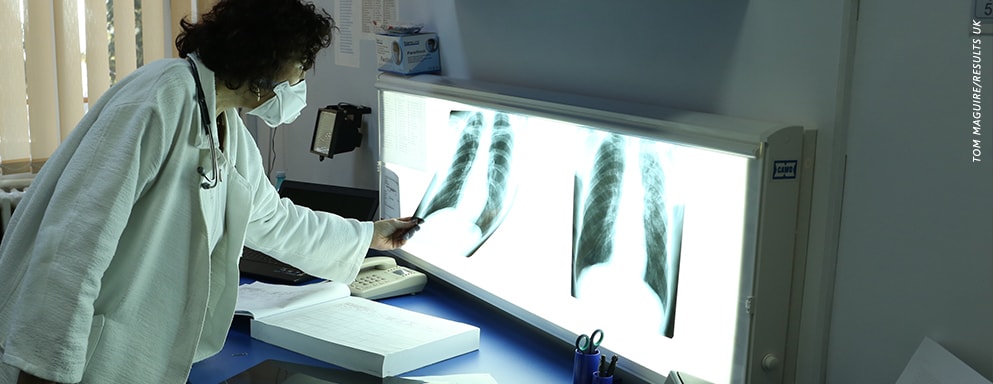Drug-resistant TB: A Present Threat from an Ancient Disease

Over the years, TB has begun to outwit the drugs used to combat it in the body, leading to drug-resistant forms of the disease. These forms of TB are resistant to our best and most potent drugs, threatening the decades of progress CDC and the global health community has made against the disease. Drug resistant TB (DR TB) is more difficult to diagnose, involves longer and more costly treatments, can cause serious and permanent side effects, and significantly increases the risk of death.
Drug-resistant TB exists in two categories: Multidrug-Resistant TB (MDR TB) and Extensively Drug-resistant TB (XDR TB). TB can become resistant to anti-TB drugs when patients are inadequately treated or they are unable to complete their full treatment regimen. Also, drug-resistant TB can be transmitted directly through the air from person-to-person.
In 2015, there were nearly 500,000 cases of MDR TB, which is resistant to at least two of the first-line anti-TB drugs. This form of TB is now found in every country in the world, with only 1 in 5 people receiving the drugs they need to combat the disease, and of that small fraction, less than half are cured.
Extensively drug-resistant tuberculosis (XDR TB) is the deadliest and most dangerous form of TB. In most places, less than half of all patients treated are cured, with death rates as high as 80 percent.
At CDC, we’re are on the frontlines, in some of the world’s highest burden regions, working to understand what’s driving the spread of DR TB and how to stop it.
In 2016, CDC helped lead a five-year study in Kwazulu-Natal, South Africa, which provided new evidence that direct transmission, not just inadequate treatment, is driving the spread of XDR-TB. In India, CDC is working with national and local partners to find more cases, improve cure rates, and stop transmission of drug resistant TB in health care facilities, in one of the highest burden countries in the world. Additionally, in countries across the globe, DGHT experts are working to identify better treatment approaches that cure patients faster.
But more needs to be done. Recent modeling suggests that if left unchecked, eventually TB may no longer be curable and we could see a global resurgence in TB deaths.
To break the cycle of transmission of drug-resistant TB, it is critical that we increase our focus on infection control efforts, while continuing to strengthen global programs in order to quickly detect and effectively treat all people with TB.
Resources

